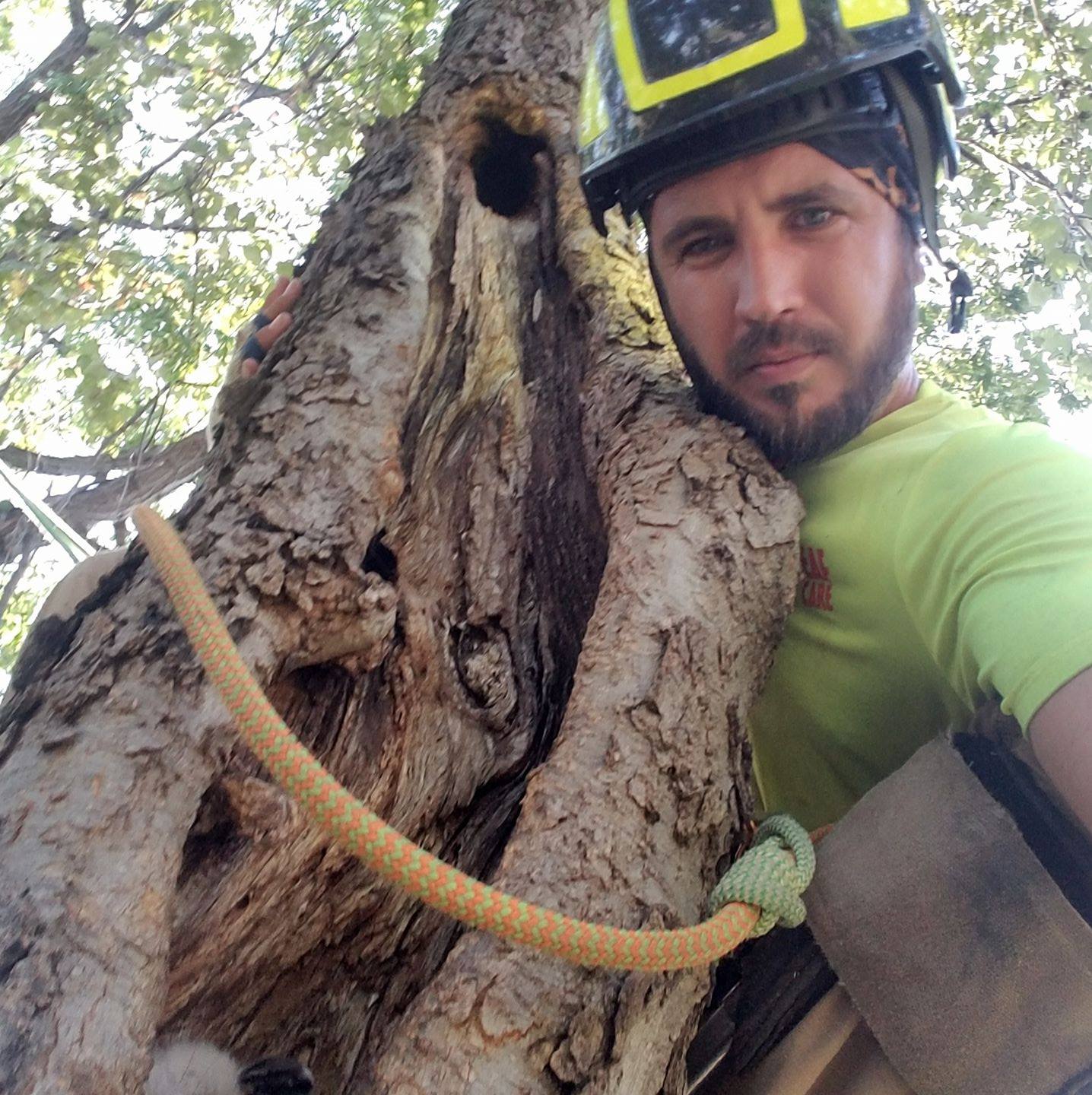If you have a tree that’s struggling, fertilizer may be the answer. There’s some misinformation out there about it’s benefits, though. That’s why it’s important to understand exactly when and how to use fertilizer for trees.
First, we should clarify what fertilizer is and does.
Fertilizer provides essential nutrients that a tree may otherwise be lacking, allowing it to thrive and increasing its resistance to disease.
Fertilizer is not usually essential for a tree’s survival. It’s not tree food, as it’s often mischaracterized — that’s what photosynthesis is for. In a forest or another natural habitat, the soil is rich in essential nutrients. In a yard, that may not always be the case. That’s when it’s time to look into fertilizer.
How to Decide if Your Trees Need Fertilizer
If your trees are not growing well, or otherwise appear to be unhealthy, that could be due to a lack of nutrients.
Here are some signs of a tree that is low on nutrients and could benefit from fertilizer:
- Discolored leaves
- Lots of dead branches
- Early loss of leaves
- Poor growth
If you suspect your trees need fertilizer, you should probably have an arborist come to your yard to be sure. Many symptoms for nutrient deficiency match those of sickness. But the treatments for the two are completely different, so it’s important that you know what you’re dealing with. Poor drainage can also lead to some of these issues. Fertilizer won’t help in such cases.
You should only fertilize a tree if it’s nutrient deficient. A tree that has the correct amount of nutrients won’t benefit from fertilizer. You can even kill a tree by applying too much quick-release fertilizer, particularly if it’s high in nitrogen, which can damage the roots.
Two common causes of nutrient deficiency are soil with high pH level, and soil with nitrogen deficiency. You can buy a home testing kit to determine the basic acidity or alkalinity of your soil yourself, but if you’ve had consistent problems with your soil and have ruled out issues like drainage or sickness, your next step would be to contact a soil testing laboratory. That’s actually not as hard as it sounds, and many states offer inexpensive ways to get that done. Here in Texas, you can get one done for $10, and it takes only a few weeks to get results.
Avoid fertilizing newly-planted trees. They’ll probably have enough nutrients. It really should just be used in situations where a tree is lacking in specific nutrients.
The Best Time to Fertilize Your Trees
There are two times of year when it’s best to fertilize your trees: late fall, generally November, and spring, around late April or early May. Avoid fertilizing at other times of the year — you’ll stimulate growth at a time when the tree is preparing for dormancy.
What Fertilizer Should I Use?
You can get a fertilizer specially formulated for your variety of tree — for example, evergreen, or you can use an all-purpose formula. You’ll notice three numbers on a fertilizer bag. They indicate its level of Nitrogen (N), phosphorus (P), and potassium (K).
For example, a 12-4-8 ratio fertilizer has 12 parts nitrogen for every 4 parts phosphorus and 8 parts potassium. If your tree is mostly lacking in phosphorus, then a fertilizer with that ratio would not be a good option for you. That’s why it’s so important to do a soil test beforehand.
There are many choices, and most won’t be right for your situation. Lawn fertilizers often have herbicide, which should be avoided at all costs as it will damage or even kill trees and shrubs. You also have to decide between quick-release and slow-release. Quick-release fertilizers are best when a tree has a serious nutrient deficiency and needs a quick fix. Slow-release is better if you have a long-term soil issue. If you have questions about what kind of fertilizer to use, consult a certified arborist.
How to Fertilize Your Trees
The goal of fertilizing is to get nutrients to the roots, where your tree can absorb them. Generally, the root system spreads out 1.5 times further than the branches. Start distributing your fertilizer at where you believe the edge of the roots to be, and then move inward, taking care to avoid putting it within one foot of the trunk.
Fertilizer takes a little while to get results. Even quick-release fertilizer can take up to a week to kick in, and slow-release obviously works slower than that. But if done correctly, it will help your struggling trees thrive.

